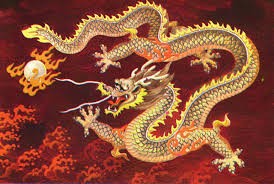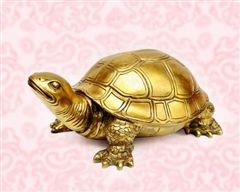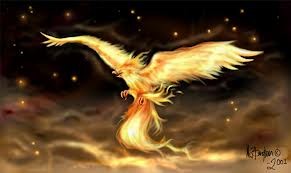(VOVworld) – According to Vietnamese belief, the 4 sacred animals including the dragon, unicorn, tortoise and phoenix symbolize power, intellect, longevity and nobility. Probably, for this meaning, these animals have been seen in many architectural works.
The 4 sacred animals of the dragon, unicorn, tortoise and phoenix were mythologized by the Vietnamese.
 |
The dragon symbolizes power
|
The images of dragon appear in architectural decorations in Royal Palaces, temples, pagodas and tombs. The Vietnamese dragon looks lither and more flowing than in other Asian countries. The S-shaped curves are indispensable. A dragon decorated in pagodas and palaces always has its head up, wide mouth holding a jade, a flame-like crest and body flying together in one movement, creating a close-fitting structure. The image of the dragon has been modified over time. Looking at dragon images on historical relics or architectural pieces, one can guess the from which dynasty these items date. Cultural researcher Dang Van Ban told VOV: “The dragon image reflects people’s desire to free themselves from restrictions and limitations. The dragon can fly in the sky, hide in the clouds, swim, walk and crawl. The dragon symbolizes human aspiration for strength and freedom to live a better life”.
 |
| The unicorn represents prestige, peace and good luck |
The unicorn, the second mythical animal of the 4 sacred animals represents prestige, peace and good luck. The unicorn has a strange appearance, half dragon-half mammal; sometimes it has only one horn, which never butts anybody and symbolizes mercy. The Vietnamese believe that the unicorn is a strong and faithful animal, suitable for guarding pagodas and places of worship.
 |
| The tortoise is the symbol of strength and longevity |
The third animal is the tortoise, the symbol of strength and longevity. There is a myth about the tortoise god, who helped King An Duong Vuong build Co Loa citadel on the outskirts of Hanoi. The famous Hoan Kiem Lake or Lake of the Restored Sword in the center of Hanoi is associated with a myth about King Le Loi, who returned the sword to the tortoise god after defeating his enemies. A one-hundred-year-old tortoise is believed to still be living in the lake.
Tortoise imagery can be seen in pagodas, temples and shrines. In the Temple of Literature, Vietnam’s first university built in 1070, there are 82 steles of doctors placed on the backs of stone tortoises to underscore the importance of learning. Cultural researcher Doctor Dang Kim Ngoc told us: “According to the ancient Viet belief, the tortoise is the embodiment of firmness, longevity and endurance. In the early 15th century with the development of Confucianism, the Le dynasty built these doctors’ steles to honor those with high academic records and preserve the tradition of learning to pass on to the next generations”.
 |
| The phoenix is a beautiful and noble bird. |
The phoenix is a beautiful and noble bird. The Viet people believe that a phoenix bodes well for those areas where it settles. The combination of tge dragon and phoenix represent lovers’ happiness, good luck, position and fame.
At any time, images of the 4 sacred animals are integral parts of Vietnam’s culture, reflecting their desire for peace, prosperity and happiness.